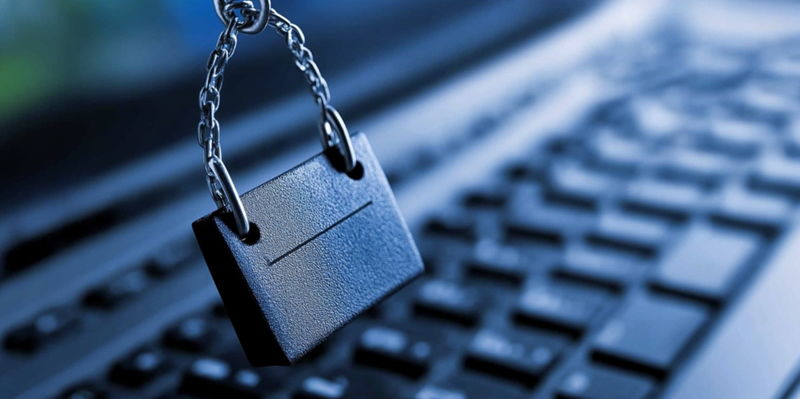A recent surge in sophisticated phishing attacks has exploited DocuSign, primarily targeting businesses that interact with governmental agencies at various levels. Cybersecurity researchers observed a significant 98% increase in DocuSign phishing URLs between November 8 and 14 compared to the preceding two months. These attacks are particularly hazardous as they exploit the inherent trust between businesses and regulatory bodies, creating highly convincing fraudulent documents that are challenging to detect.
The Threat of DocuSign Phishing Attacks
Exploiting Trust Between Businesses and Government Agencies
Threat actors have been impersonating several government agencies, including the Department of Health and Human Services, the Maryland Department of Transportation, the State of North Carolina’s Electronic Vendor portal, and municipal authorities in cities like Milwaukee, Charlotte, and Houston. The phishing campaigns employ legitimate DocuSign accounts and APIs, making the fraudulent documents appear legitimate and highly convincing to recipients. These scams often involve urgent requests, such as licensing renewals or compliance issues, which are designed to compel victims to act swiftly and without proper verification.
For instance, a contractor in Milwaukee might receive a fake notification about a $2.8 million project requiring immediate approval of a $175,000 change order. Another scenario involves a North Carolina contractor receiving a fraudulent request for an $85,000 "emergency compliance bond" to avoid a project shutdown. Because these emails come from what appear to be credible sources, it increases the likelihood of recipients falling prey to the scam. The attackers’ ability to maintain an appearance of legitimacy further complicates detection and mitigation efforts, posing a significant risk to businesses.
Sophisticated Tactics and Techniques
These attacks have proven effective due to several factors: the use of legitimate DocuSign infrastructure, targeting businesses during predictable licensing cycles, and employing accurate industry-specific terminology and pricing. Since these emails appear so genuine, they are able to bypass traditional email security filters with ease. As a result, businesses are caught off guard, facing immediate risks of financial loss from unauthorized payments and long-term disruptions such as delays in contract renewals or project bids. The uncertainty generated by these scams can stall bidding processes and jeopardize ongoing contracts, creating chaos and financial instability.
Mitigation Strategies and Best Practices
Establishing Robust Verification Processes
To mitigate these threats, businesses should establish robust verification processes for sensitive communications. It’s crucial for organizations to educate their staff on recognizing phishing attempts, emphasizing the importance of not reacting impulsively to urgent emails. Implementing multiple layers of verification, such as calling the agency using official contact information, can help ensure the legitimacy of requests. Additionally, businesses should adopt the practice of verifying sender information meticulously and be especially cautious of unexplained or unexpected emails. This additional layer of caution can serve as a defense mechanism against these highly sophisticated phishing tactics.
Furthermore, companies are encouraged to use the official DocuSign app on mobile devices for increased security. This provides an added safeguard, as the app offers advanced features to verify the signing process. By ensuring strict adherence to these procedures, businesses can significantly reduce the likelihood of falling victim to such scams. Another practical step involves having a formalized response process in place for reporting suspicious emails to the IT or security team, ensuring timely action can be taken to prevent any potential compromise.
Importance of Ongoing Vigilance and Education
A recent surge in sophisticated phishing attacks has taken advantage of DocuSign, with a focus on businesses that engage with governmental agencies at various levels. These attacks have become increasingly concerning, exploiting the natural trust between companies and regulatory bodies. Cybersecurity researchers have reported a dramatic 98% increase in DocuSign phishing URLs between November 8 and 14, compared to the previous two months. This spike highlights the growing threat and sophistication of these phishing attempts. The fraudulent documents these cybercriminals create are remarkably convincing and hard to identify as fakes, making the attacks particularly dangerous. As organizations increasingly rely on digital signatures for official transactions, the attackers’ ability to mimic trusted documents raises the risk of compromised sensitive information. Consequently, businesses must enhance their vigilance, implementing robust cybersecurity measures and training staff to recognize potential threats. Emphasizing awareness and preparedness can help mitigate the dangers posed by this escalating trend in phishing campaigns.

